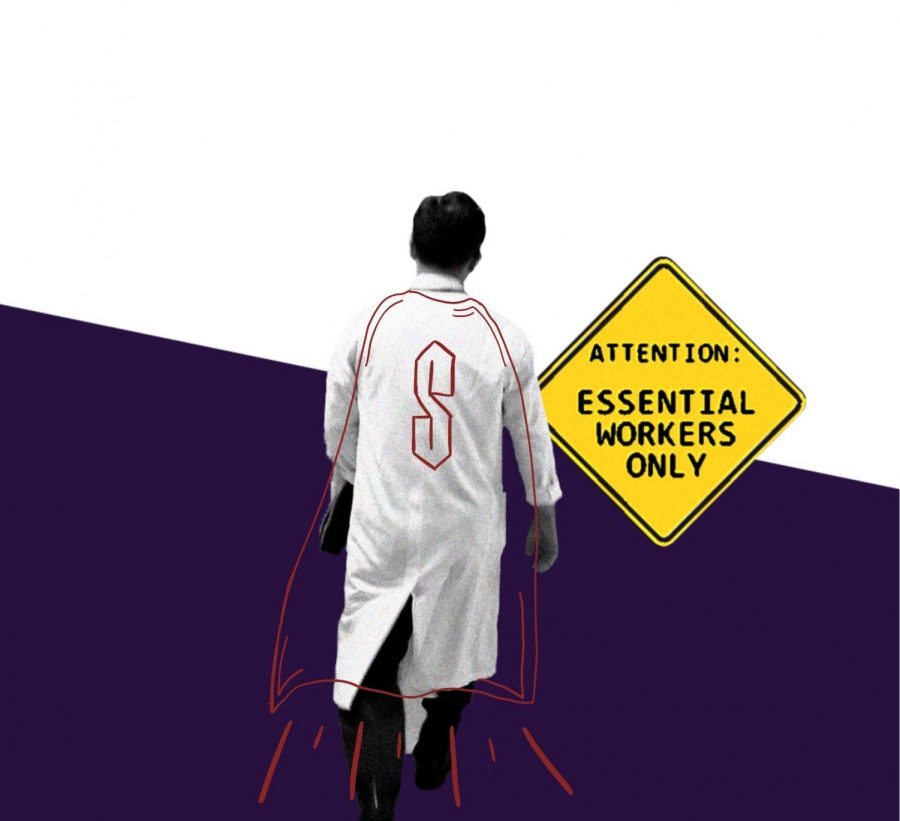I am sure all of you have seen those articles showing the cool infographics concerning death tolls of diseases versus the money raised to combat them. I always find them fascinating, in no small part because I am a sucker for colors and circles with relative diameters. I also like to think about why there exists such a vast difference between the two figures. What worries me the most is that I think that some diseases have become normalized and as such receive less funding than the scarier diseases.
If you look at the graphics, available at iflscience.com, for the diseases that raised the most money, the top three are breast cancer, pancreatic cancer and heart disease. Of those, only heart disease is also top three in deaths per year in the U.S. In fact, heart disease causes 14.5 times more death than breast cancer, but it raises around one-fifth of the money donated towards breast cancer research. Admittedly, the three main killers in the U.S. – heart disease, chronic obstructive pulmonary disease and diabetes – are fairly well researched and most people can lessen their chances of dying because of them. Heart disease and diabetes can be helped by maintaining a vigilant diet and COPD can be avoided by not smoking (admittedly, genetics play a role in all three as well). On the other hand, there is no cure for cancer, and the treatments are massively invasive and painful. So I understand the discrepancy to an extent.
The problem is that I took the infographic to another level. I calculated the millions of dollars raised per thousands of people that died because of the disease each year. Prostate cancer, breast cancer, and ALS all had good numbers: $7 million per thousand deaths, $6.28 million per thousand deaths, and $3.27 million per thousand deaths, respectively. Conversely, heart disease, diabetes, and COPD have $.09 million per thousand deaths, $.057 million per thousand deaths and $.049 million per thousand deaths, respectively. You don’t have to be a math major to know that is a huge discrepancy. For every person that dies from breast cancer, $7,000 is raised. For every person who dies because of heart disease, the number is only $90.
Clearly there is a discrepancy between what diseases we donate money to and those that kill us, so naturally, I started wondering why there was a discrepancy at all. My hypothesis is that the diseases we donate to are those that scare us the most. Cancer is something that seems like a death sentence, even though it depends on the type and severity. ALS takes away a person’s autonomy, something immensely frightening in our freedom-oriented society. On the contrary, a majority of people probably know someone who suffers from heart disease, COPD (or at least someone who smokes), or diabetes. I think that part of the reason that we donate less to those diseases is that they have become normal to us. Because of their frequent occurrences and the well-publicized prevention techniques, we don’t think anything of them, but these are still debilitating diseases that kill thousands every year.
Admittedly, there is some influence from the Susan G. Komen foundation, Movember and the ice bucket challenge. Big name foundations bring in millions to fund research, and it is much harder to think of diabetes or COPD foundations. I think we need to analyze our charity and try to give in places where we think it most needed. For some that may be breast cancer research; others, animal shelters. I don’t think you need to donate to any specific cause, just that we consider why we donate and the unspoken influences in our lives.











Jeff Lester • Jan 23, 2015 at 3:19 pm
On ALS, if your numbers are coming from last year that was an aberration created by a fluke campaign that happened to go viral so the numbers you state do not reflect the reality of research dollars spent on ALS before or after this outlier time period. Further, the base of your whole point is flawed. A disease such as ALS is almost entirely dependent on the donation leg for research dollars (the other legs being governmental/university research dollars and the biggest leg being commercial/for profit research dollars). The reason a disease like heart disease LOOKS underfunded when you look at just donation driven research is because it is already well funded in the billions each year both in governmental and commercial research dollars which dwarf donation driven research so there is not a lack of interest in donating to heart research, there just is not a need for it. Finally, as you fully admit, the cause and effect of why heart disease occurs is very well established whereas with a disease like ALS they’re just now developing theories of the cause. What you should be looking into and writing about is the outrageous amounts being spent on vanity research like hair loss compared to disabling/death diseases.